Navigating choppy waters
H2 2023 outlook for European gas, power, and carbon markets

Executive Summary
Europe has entered the second half of the year in a relatively comfortable position, with supressed gas and power demand, elevated gas storage levels, and a power supply situation that is vastly improved from the same time 12 months ago. However, significant risks remain across gas, power, and carbon markets.
All eyes will be on gas and power demand in H2 2023, with market participants looking for signs of recovery that have been conspicuously absent in the first half of the year. Margins will likely remain tight for many industrial buyers and limit the recovery in production, though falling prices could start to gradually filter through and incentivise behavioural changes across the sectors.
With a strong resurgence in demand highly unlikely, fossil fuel generation in the power sector will remain supressed, which will keep a lid on gas demand for power, as well as carbon emissions. The dynamics of spark and dark spreads suggest that average efficiency gas plants will continue to run ahead of average efficiency coal plants over the rest of the summer before coal plants move back into the money in Q4 2023.
The French nuclear and European hydro situations are much improved, meaning the power market events of H2 2022 are unlikely to be replicated. French power contracts for the Winter remain substantially overvalued, meaning a sell-off can be expected in the second half of the year.
The main risk factor for H2 is the potential for a cold start to the winter in Europe, which would push up demand and apply bullish pressure to all three commodities. However, the risks of below-average temperatures in Asia should also be watched closely given Europe’s pivot to LNG and resultant exposure to the global gas market.
Gas: H2 2023 Outlook
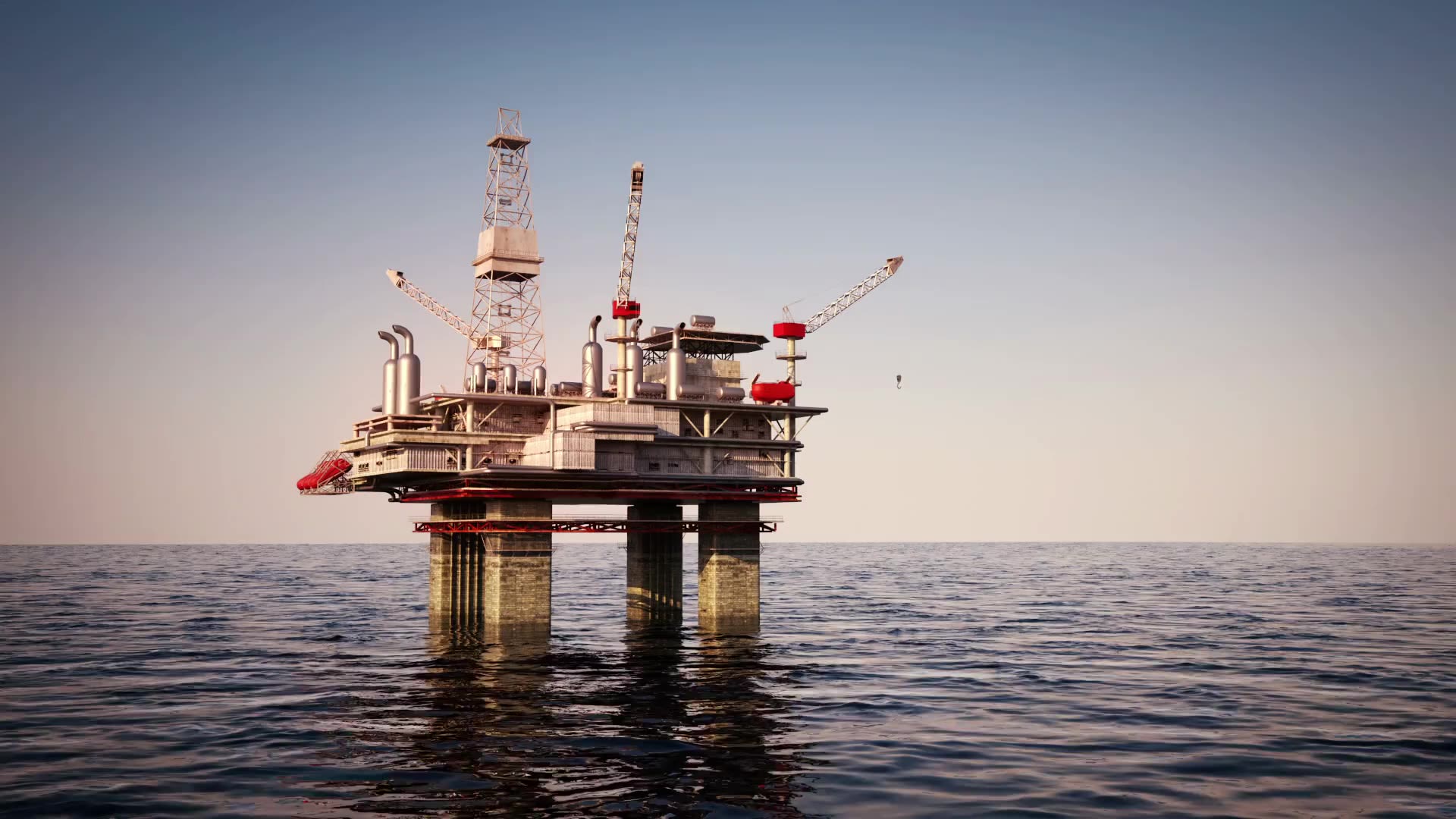
Below-average gas consumption expected to continue
In H2 2023, European gas demand is likely to remain 10-20% below the five-year trend. Although the market is trading at a two-year low, prices are still above the long-term average. The ICIS TTF front month averaged €44.11/MWh across H1 2023, a yearly drop of 56% but nearly three times the 2017-2021 average for the period.
From an industrial demand perspective, prices may still be too high to facilitate an uptick in consumption. Some of the largest gas buyers in the chemical industry have already said their output could remain pared back until 2025, suggesting ongoing weak gas off-take.
Gas-to-power demand may also face limited upside. For Q4 2023, gas prices are at least €10-15/MWh too high for coal-to-gas fuel switching between power plants of average efficiencies.
The precarious nature of the gas balance means that EU policy remains in place to see margins through a potentially tricky winter period. In February, the bloc set a voluntary target for member states to reduce their natural gas consumption by 15% between 1 April 2023 and 31 March 2024, compared to the 1 April 2017-31 March 2022 average, which was an extension of the policy implemented over the previous winter. Gas rationing would be mandatory if supply concerns were to elevate.
Norwegian maintenance to dent pipeline supply
European supply is expected to remain comfortable during Q3 2023 with unusually high gas storage levels and strong supply margins, while Q4 2023 remains a key challenge. Even if healthy supply margins put the region in a strong position going into the winter, the weather factor and competition for LNG during the high-demand season remain a concern.
Our latest European gas storage balance based on current trends of both supply and demand indicate underground storage could reach the EU’s 90% fullness target by August. Year-end fullness is likely to be in a 72-81% range, near the EU-27 five-year average fullness level of 74%.
During H2 2023, ICIS Gas Foresight expects piped gas imports into the EU to be 8% lower year on year. This is mainly due to Norwegian pipe imports being interrupted by extensive maintenance across the third quarter, which will weaken flows by 14%, as well as Russian piped supply forecasted to be 28% lower. Elsewhere, alternative pipeline supply is expected to continue in line with 2022 rates.
Domestic production is expected to remain stable even if the Groningen field closes in October. Recent extraction has been limited to just a minimum, in order to keep the field operational over the last year.
LNG will remain the pivotal supply source for the EU from H2 2023 onwards and the region’s elevated demand is expected to keep the global market congested until 2025.
The global LNG market is currently expected to be 72TWh short in H2 2023, according to ICIS LNG Foresight data. Q3 2023 is expected to be short by 18TWh, while Q4 2023 is forecasted to be short by 54TWh. A shortage of 175TWh is also currently expected in 2024.
Market braced for volatile ICIS TTF prices
With European supply margins stronger year on year, natural gas prices are likely to carry some bearish momentum going into Q3 2023. However, Europe remains vulnerable to upside risk this winter.
The loss of Russia as a baseload supplier and the pivot towards LNG leaves Europe exposed to the global market, particularly as it holds a significantly smaller number of long-term contracts compared to Asia.
A spike in winter demand, or a significant unplanned outage on the supply side, in either region is likely to trigger a sharp uptrend in prices with both markets chasing a premium. Conversely, a repeat of the conditions seen last winter where mild weather weakened demand in both basins, should see risk premium leak out of the later-dated contracts, with Summer ’24 supply margins set to be comfortable.
This lingering supply risk means that we are unlikely to see any significant price support for industrial gas demand to come back in H2 2023.
Power: H2 2023 Outlook
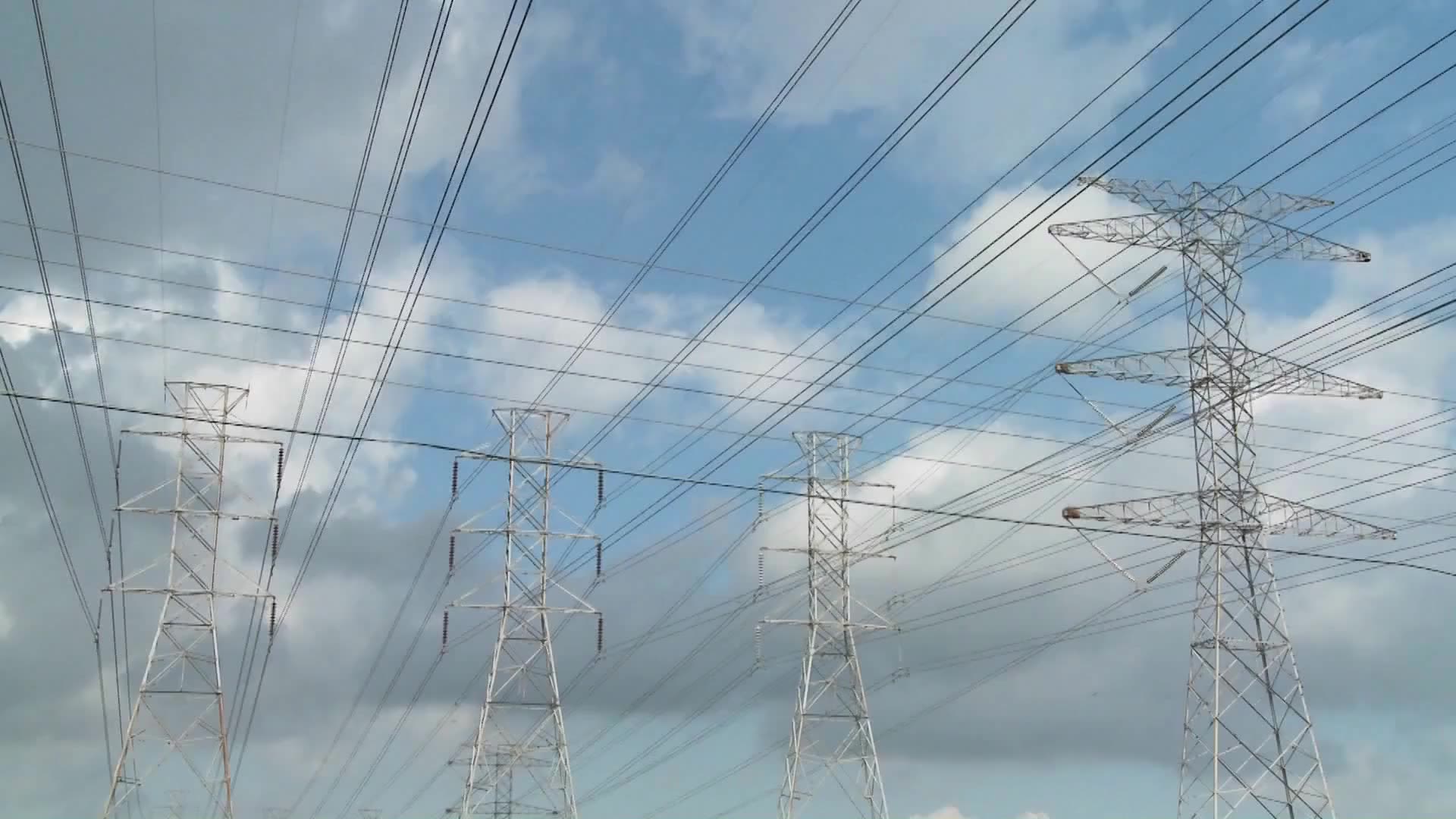
Uncertain demand recovery
EU power demand has shown no sign of recovery so far this year despite power prices falling dramatically during this period. Monthly demand was consistently more than 5% below 2022 levels between February and June.
The question for the second half of the year is whether the demand declines are mainly the result of temporary adjustments due to high prices (and to an extent mild weather, as we state in the H1 review section), or also include structural shifts in industrial and residential behaviour.
It is too early to confidently predict this either way. Certainly, consumers face delays in the impact of wholesale power price changes on their decision making due to a combination of tariffs being constructed using historical data, policy interventions, and hedging requirements. This suggest that a price-induced rebound in demand could be expected in the coming months.
However, there is some evidence of industrial efficiency gains so far this year, which suggests more permanent demand destruction. Furthermore, the fact that demand has not seen any recovery in the last 5 months as prices have fallen also implies a significant bounce back in H2 is unlikely.
Given the scale of the decline in power demand observed in H2 2022, it seems probable that we will see a slight comparative rise in the second half of this year. However, it is almost certain that full-year demand will decline vs. 2022 levels, given the substantial fall recorded in H1. ICIS Power Foresight forecasts a full year decline of 77TWh (-3%) in the EU.
Supply outlook remains positive
Europe enters the second half of the year with hydro stocks in Southern Europe and the Nordics significantly up compared to the same time last year, though slightly below the 2015-2021 averages. Southern Europe in particular should see significantly more hydro output in H2, compared to the same time last year. In addition, solar and wind generation is also expected to rise year-on-year due to capacity additions, especially from solar.
The second half of 2022 saw French nuclear generation fall to historic lows, which added considerably to bullish pressure on European power prices. Though further reactor cracks were discovered in March, the outlook for H2 2023 is far more positive, with our forecasts showing a 29% increase in French nuclear output compared to the same time last year. However, this will be partially offset by a 10% decline the rest of Europe due to reactor retirements.
The continued suppression of power demand will prevent a significant increase in thermal generation in H2 2023. As explained in the carbon outlook below, the dynamics of spark and dark spreads suggest that average efficiency gas plants will continue to run ahead of average efficiency coal plants over the rest of the summer before coal plants move back into the money in Q4 2023.
French winter contracts remain overvalued
Power prices will continue to be driven primarily by movements in European gas prices. The market will also be sensitive to the weather impact, with news of heatwaves or expectations of a cold winter likely to add bullish pressure.
With that said, the ICIS Power Foresight forecast suggests French Winter contracts remain significantly overvalued. Even in the event of future nuclear outages and a colder than normal winter, the Q1 2024 price would be highly unlikely to deliver at current market levels, our analysis shows.
While in H2 2022, France’s neighbours saw prices rise to chase the French Winter products, we expect the opposite to happen this year, with a French Winter sell off expected in H2 2023.
Carbon: H2 2023 Outlook
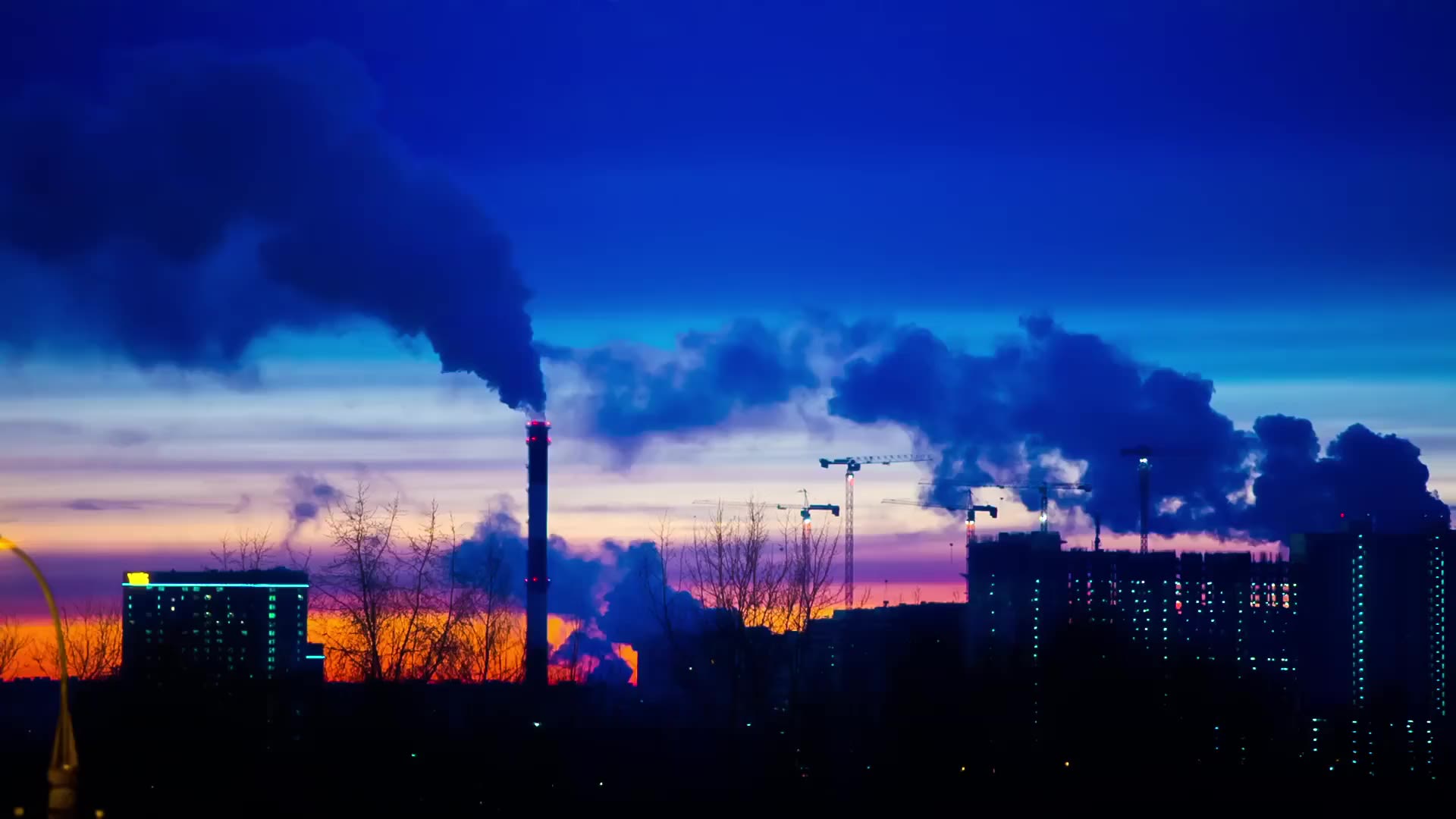
Coal-to-gas fuel switching back in the spotlight
H1 2023 saw a revival in coal-to-gas fuel switching incentives. However, the forward curve implies these renewed incentives will not be maintained. Average efficiency coal plants (39%) are expected to run ahead of average efficiency gas plants (50%) during winter 2023/24. As a result, utilities will likely continue to build-up their winter EUA hedge book during H2 2023 based on the more favourable economics of coal-fired generation in the mid-term.
We expect the increase in emissions intensity of fossil-fired generation in Q4 to limit further downside for EU power sector emissions in H2 2023. However, should EU gas storage levels remain elevated and weigh on European gas prices this winter (as seen in H1 2023), there is potential for fuel switching costs to drop and the economics of gas-fired generation to improve.
In this scenario, there risk that utilities would unwind previously hedged EUA positions as they re-optimise for gas-fired generation. Furthermore, should falling gas prices on the prompt drag the forward curve lower (as we saw in H1 2023), we could see a reduction in the emissions intensity of future hedged generation. Therefore, there is risk in this situation that we could also see lower traded demand for EUAs.
Utilities expected to be cautious on forward hedging
Q1 2023 marked the third consecutive quarter that utility hedging activity remained below pre-crisis levels. An apparent lack of liquidity in forward markets has made it difficult for utilities to hedge over longer time horizons.
In the Q1 earning reports, some utilities (CEZ, RWE and Uniper) noted plans to resume hedging activity this year given the normalisation of gas and power markets in H1 2023. Others (Engie, Vattenfall and EnBW) appear to remain more prudent with lower hedge ratios maintained amid an uncertain energy market landscape.
Open interest (OI) for the German Year+1 contract in 2023 has remained stubbornly below the 3-year average and is still not back in line with 2022 levels. While, on one hand, this could be a function of lower future power demand, we expect this trend largely reflects a continuation of reduced hedging activity consistent with the “cautious outlook” expressed by some utilities.
With that said, the indicator appears to show a slight increase of hedging activity in June. The OI for the year+1 contract was at -18% below 2022 levels as of 31 June (vs. -25% below 2022 levels on 1 June). If this trend was to continue in H2 2023, a bullish price signal could materialise on the prospect of resumed traded demand for EUAs from the power sector.
Industry emissions – no signs of recovery in Europe
According to our latest forecast, emissions from industrial producers, covered by the EU ETS, are expected to fall by 5% in 2023 (vs. 2022). Three sectors (Metal, Chemical and Cement) account for almost 75% of our forecasted decline in industrial emissions in 2023.
While energy costs are still a key uncertainty for companies in H2 2023, it is the demand outlook which continues to present the most significant downside risk for production levels in 2023. According to reports from major EU producers, most expect either stable or suboptimal demand for their products in 2023 and a gradual recovery only from 2024. Many players are counting on China demand which has so far disappointed in 2023 despite its COVID lockdown rules being alleviated.
Overall, we see limited prospect for a tangible recovery in industrial emissions in H2 2023. Furthermore, risk of slower industrial output/emissions recovery is on the table if we were to see credit conditions continue to tighten in the coming months.
EUA price to remain under bearish pressure
According to the ICIS forecasting model, we expect the EUA price to finish the year at around the €81/tCO2e level in our base case scenario.
The bearish emission outlook will continue to weigh on the EUA price in H2 2023 and as a result, we see tangible downside risks should EUAs temporarily trade back above the €90/t level in the short-term.
With that said, the EUA market will still be fundamentally short by over 100m allowances in 2023 as the Market Stability reserve (MSR) continues to cut supply which helps offset the impact of short-term emission developments.
Overall, we expect a bearish trend towards year-end with fundamentals driving the EUA price back down towards its fair value, which we assess to be in the €80-85/tCO2e range. However, the deep-rooted notion of this short fundamental balance to support the UEA price and provide resistance to any downside moves below the €80/t level.
H1 2023 Review

Gas: H1 2023 in Review
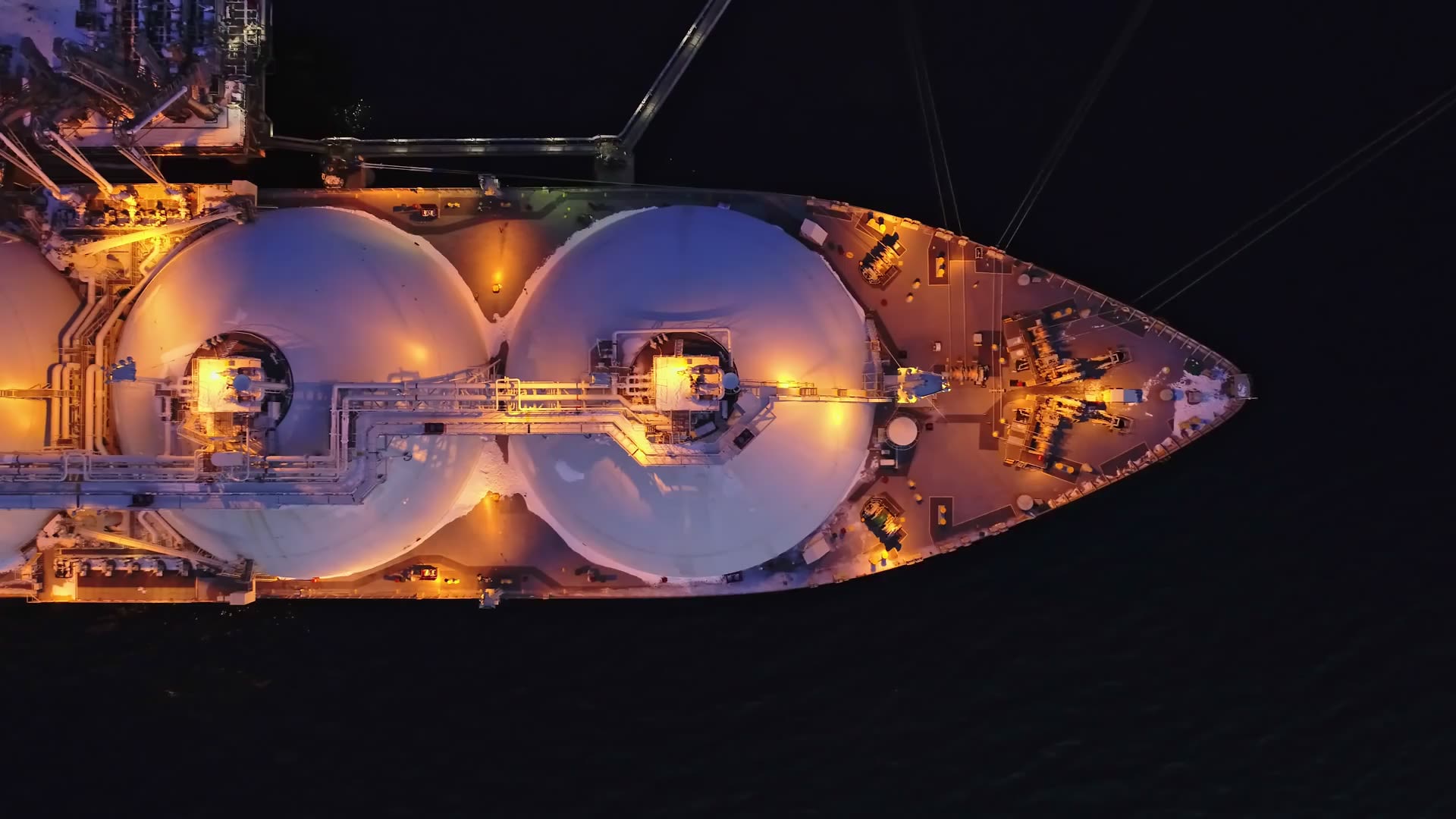
Lacklustre demand
EU natural gas demand in H1 2023 was down 12% year on year, and 16% lower than the European Commission’s reference period of 1 April 2017 – 31 March 22.
Unseasonably warm weather conditions during Q1 2023 weakened demand across Europe. Despite the fall in prices, there were no clear signs of a recovery in industrial demand in Q2 2023.
EU’s largest gas consuming markets – Italy and Germany – recorded savings of the same order of magnitude as the bloc: 16% respectively. Our data show that 52% of Italy’s H1 2023 total savings occurred in the commercial-residential sector. The remaining 48% in Italian gas savings were related to industrial demand reductions and fuel switching. For Germany, industrial and power demand accounted for 66% of the country’s total savings, with the commercial-residential sector providing the remaining 34%.
LNG supply increases market share
The EU started July with gas storages at 77% fullness, the second highest for the period since 2020’s record of 81%.
LNG was again the main source of supply in H1 2023, with the lion’s share sourced from the US. ICIS data shows LNG sendout broke records in H1 2023, registering a total of 700TWh. This represents a 10% rise year on year. The 589GWh/d of LNG sendout capacity added into the system since 1 January 2023 contributed to this overall growth.
Norwegian piped supply decreased 2% year-on-year due to heavy seasonal maintenance during Q2 2023, after checks were pushed back from last year due to the energy crisis.
Meanwhile, Russian supply in H1 2023 decreased even further compared to H1 2022 following Europe’s plan to pivot away from Russian gas – a 75% year-on-year decrease. Flows have remained stable month-to-month since September 2022, averaging 23TWh/month.
ICIS TTF prices succumb to bearish pressure
European natural gas prices shed significant risk premium in H1 2023 with the market emboldened by the EU’s ability to shore up supply margins with greater ease than expected. The emerging downtrend set the tone for wider energy markets.
The ICIS TTF front month was assessed at €36.725/MWh on 30 June, a 48% drop since the start of the year. Front month values averaged €44.10/MWh across H1 2023, a yearly drop of 56%. The low for the period was €23.225/MWh, assessed on 1 June and was the lowest front-month value for two years.
Expanding regasification capacity and the introduction of new terminals across EU shores, notably in Germany, facilitated an influx of LNG and enabled European gas hub prices to converge.
Easing mid-term supply risk in Europe, coupled with weak demand growth in the Pacific basin in 2023, narrowed the spread between EU hub prices and Asian spot LNG values with fundamentals bearish in both markets. Subsequently, the incentive to ship flexible LNG cargoes to Europe weakened throughout Q2 2023.
Short-term volatility emerged in Q2 2023 as the markets jostled for narrow premiums amid unplanned gas infrastructure maintenance and bursts of unseasonably warm weather.
Power: H1 2023 in Review
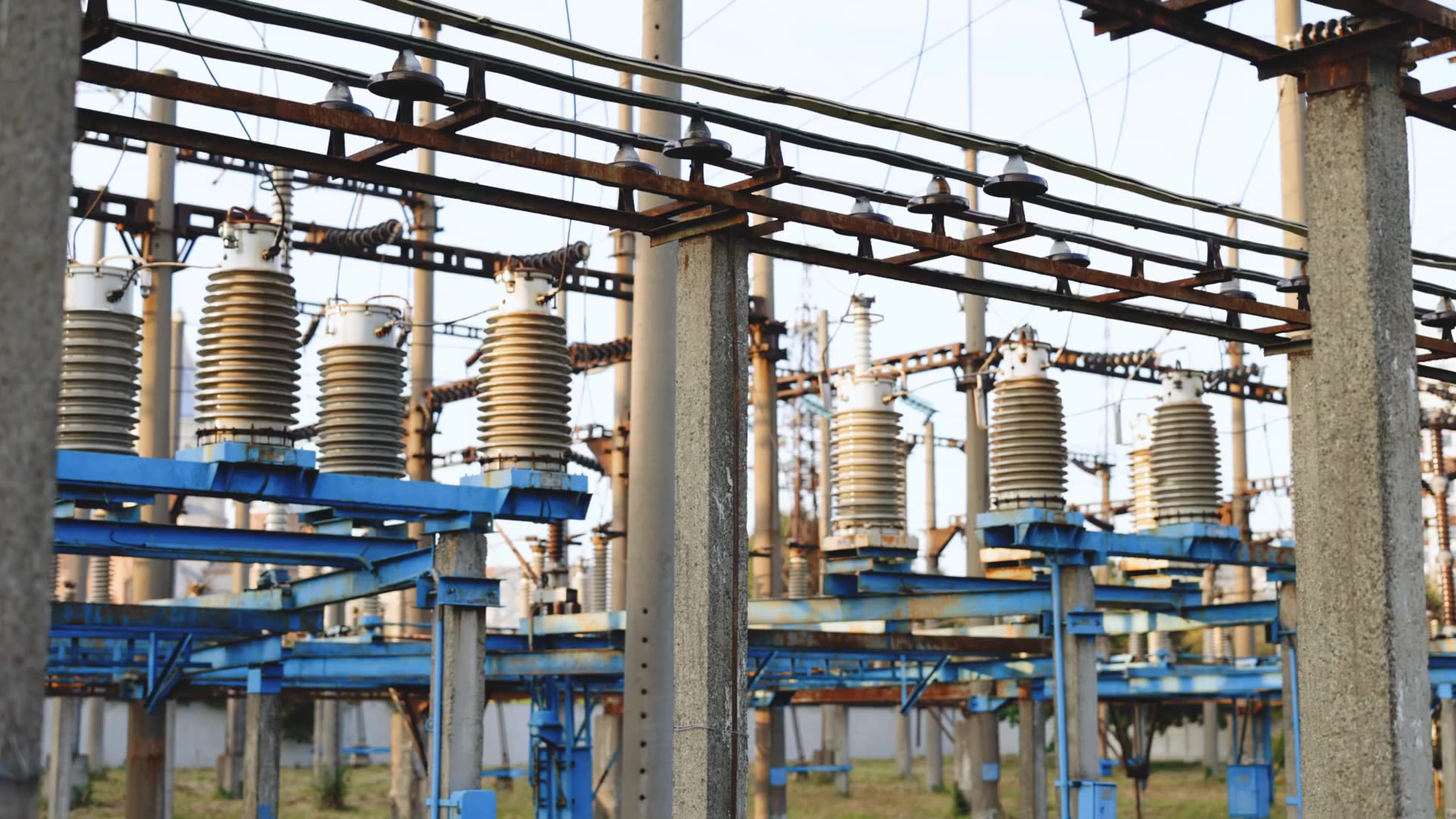
Sluggish demand throughout H1
European power demand in H1 2023 fell by 6% compared to the same period last year, data from ENTSO-E shows. Our own calculations, based on the available data from a selection of countries, suggests that mild weather accounted for around 20% of this decline, while the remaining 80% drop was due to demand destruction.
Between January and March, monthly EU demand was significantly below the six-year minimum, though Q2 demand was higher than the lows seen in 2020 due to Covid-induced lockdowns during this period.
The most notable trend is the lack of any demand recovery throughout the past 5 months even as prices have declined sharply. Since February, monthly demand has been consistently more than 5% down on both 2022 and the 2017-2021 average in every month, with June seeing the largest monthly declines since January.
Substantial decline in thermal output
EU solar and wind generation in H1 2023 increased by 19TWh (+6%) compared to the same period last year, driven by the significant expansion in renewable capacity, with solar installations in particular escalating over the past 12 months.
Hydro output was also up by 19TWh year-on-year due to wetter conditions in Europe compared to the first half of 2022.
However, the most significant change was on the demand side, with the 6% reduction in demand amounting to a fall of 80TWh.
Taken together, the increase in renewable generation and fall in demand enabled a significant reduction in thermal output in the first half of the year, with gas, coal and lignite falling by a combined 90TWh (-21%).
Of this, gas saw the biggest fall in absolute terms at 42TWh (-19%) as dark/spark spreads at the start of the year were strongly in favour of coal due to the high gas price environment.
Although French nuclear generation increased by 3TWh, total EU nuclear output fell by 12TWh due to the closures of plants in Belgium and the complete phase-out in Germany.
The EU flipped from a net importer in H1 2022 to a net exporter in the same period this year, in part due to a change in flow patterns between France and Great Britain.
Gas bearishness drives power prices
The rolling Month+1 power price in Germany in H1 2023 was €113.2/MWh, which was a 49% decline compared to the same period in 2022.
Gas prices continued to be the overwhelming driver of power prices across European markets in H1 2023 due to the role of gas plants as the marginal price setting units in most countries. For instance, the German power and THE gas rolling Month+1 contracts had a correlation coefficient of 0.96 during the first half of the year, ICIS data showed.
Carbon: H1 2023 in Review
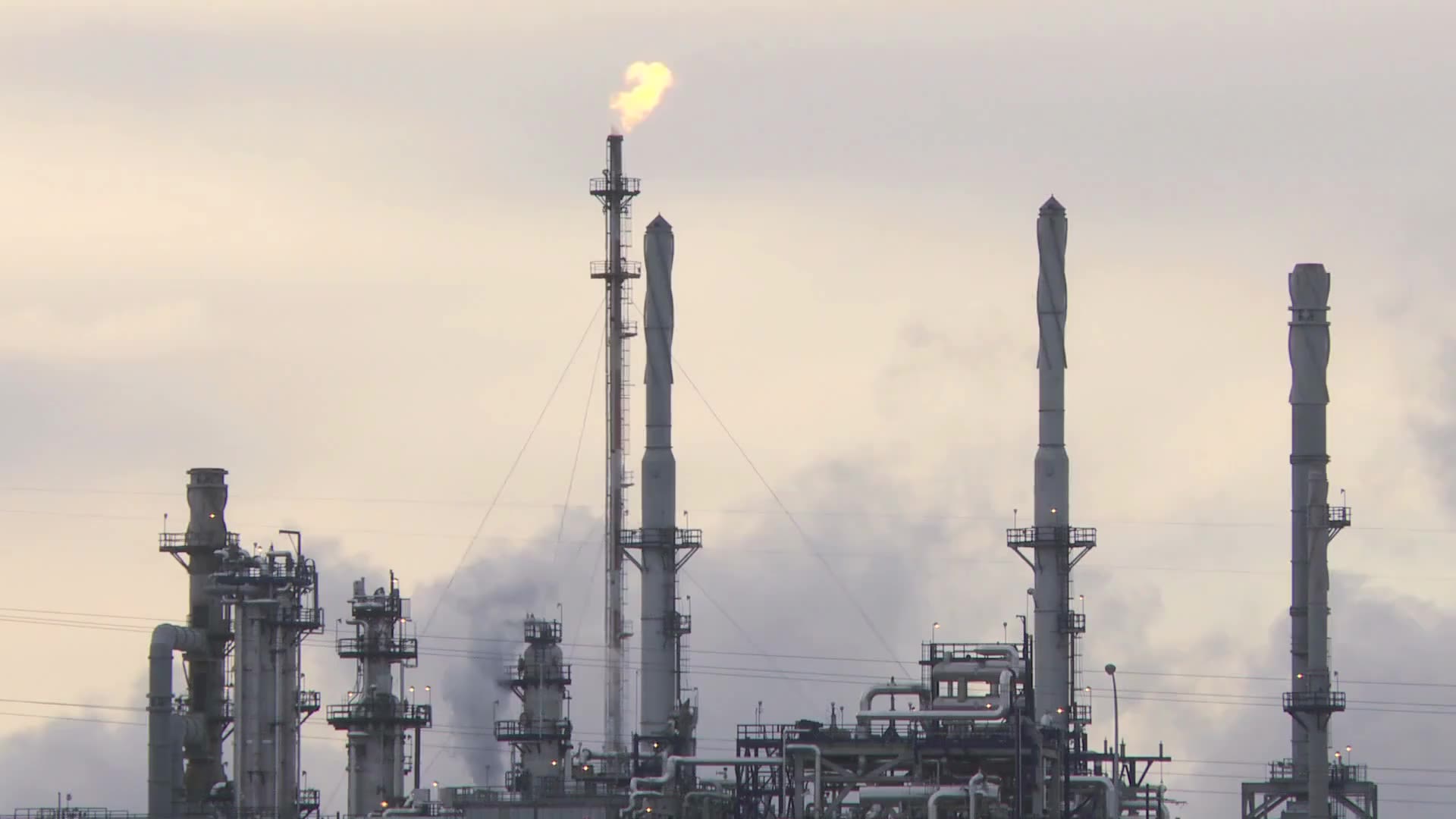
EU ETS power and industry emissions take a nose-dive in H1 2023
Based on generation data from ENTSO-E, we estimate EU-27 power emissions were down -22% in H1 2023 (vs. H1 2022). In July, the sector neared unchartered territory as emissions approached the COVID lockdown-induced lows observed in 2020.
The significant reduction in fossil-fired generation output was driven by reduced power demand (-6% vs. H1 2022) in tandem with increased generation from renewable sources (+19TWh vs. H1 2022).
A similar low emissions trend was observed across EU industrial sectors. A large portion of gas/power intensive production capacity remained idled in H1 2023 even though energy costs dropped significantly compared to the second half of 2022. On average, over the first four months of 2023, the EU-27 industrial index registered a -20.3%, -11.2% and -11.6% decline in chemicals, steel and aluminium production respectively compared to the same period in 2022.
On one hand, this reflects production optimisation activities as seen with BASF which plans to permanently close one ammonia plant and several associated fertiliser facilities at its Ludwigshafen site. On the other hand, weak demand conditions have kept margins extremely tight for producers (e.g. Aluminium sector), despite the lower energy costs, which has prohibited a return towards BAU utilization of available production capacity.
A Big Short – speculators built-up bearish bets on EUAs and got squeezed
The EUA Commitment of Traders (CoT) report was in the spotlight over the past 6 months. In H1 2023, the short-term EUA price signal was heavily influenced by speculative positioning as a narrative was built around the potential for an EUA market short squeeze.
Investment funds accumulated sizeable net short positions in H1 as temporary bearish factors in the gas market weighed heavily on sentiment. Most notably, their net EUA short position reached a whopping -25.3m during the week ending 2 June. This was the highest net short on record for the EU carbon market.
However, this positioning was short-lived, and waves of EUA short-covering activities reversed the speculative imbalance. For the EUA market, short covering activities heavily exaggerated price moves on the upside in June despite the underlying bearish power and industrial sector emission developments.
EUA price caught in a ‘tug-of-war’ between bears and bulls
On average, the Dec-23 EUA contract closed at €89.2/tCO2e in H1 2023. The price reached a low of €77.4/tCO2e in January before climbing to €101.3/tCO2e in February, a fresh all-time high for the front-December contract.
During Q2, the EUA market saw sharp swings as a “tug-of-war” emerged between bearish fundamentals and bullish short-term speculative positioning. Rallies driven by speculative positioning were short-lived and the EUA price showed tendency to realign with the bearish emissions outlook.
About ICIS Energy Analytics
ICIS takes a cross-commodity approach to assessing European energy markets, shedding light on the interplay between gas, power, and carbon markets. Our European models take a common view on the price of commodities with a unified weather assumption that gives users a clear and consistent integrated view of the market.
ICIS Power Foresight provides daily forecasts for European power markets, from month+1 to year+3, enabling users to see whether contracts are undervalued or overvalued by the market. All the key fundamental data is also provided, down to the hourly level.
ICIS Gas Foresight, which will launch fully later this year, will provide traders and analysts with a daily forecast on the delivered, fair-value price of the ICIS TTF over the traded horizon. This will be accompanied by a corresponding fundamental forecast for key European hubs.
ICIS LNG Foresight gives traders and analysts to a rolling 24-month global LNG forecast for both supply and demand, covering each liquefaction plant and importing market individually. The forecast builds on ICIS deep insights into LNG cargo-tracking and market insights.
ICIS EU Carbon Analytics service combines quantitative and qualitative approaches to offer a holistic view on developments in the EU ETS and UK ETS. Our in-house suite of models captures the interactions of the EU ETS with national electricity markets and technology investments.
Authors
Related content
Speak with ICIS
If you are interested in learning about how our specialist insight can help you make better business decisions, contact the ICIS team today. Simply complete the form and we will get in touch with you as soon as possible.


